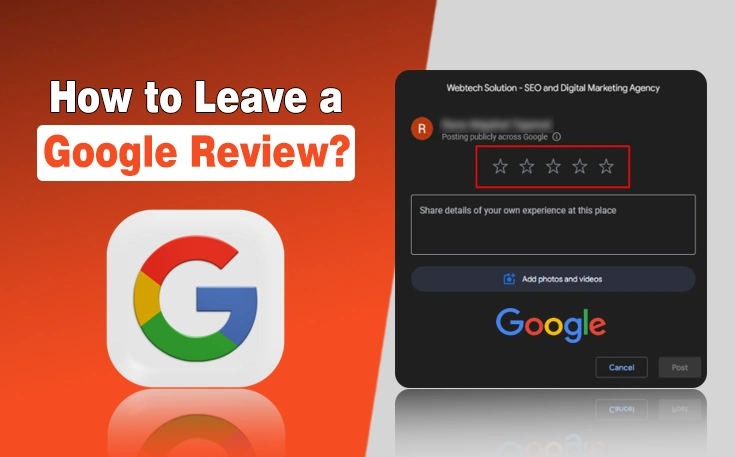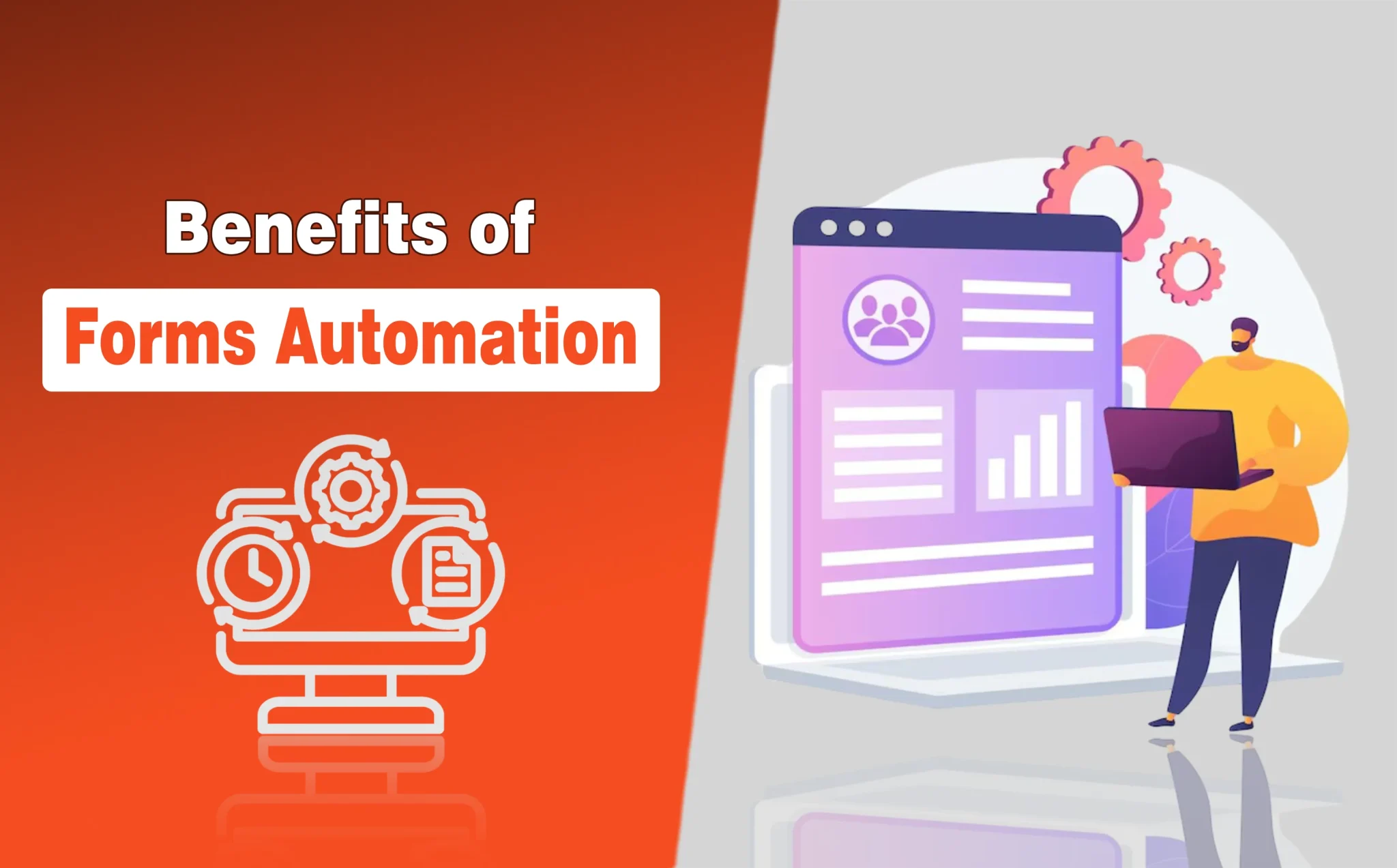Have you ever wondered why some customers become loyal over time, while others disappear after a single purchase? This is called a customer business relationship. When options are endless, attention is short; establishing authentic customer relationships becomes necessary.
In this modern age, along with branding, the most essential factor you have to focus on is customer loyalty. Since I have managed to turn one-time buyers into loyal followers, I have come to understand that trust, loyalty, and sales are all the same. But many businesses always struggle to crack their branding wins.
If you are also one of them, then this blog is for you. In this blog post, I will discuss customer relationship service strategies in detail.

5 Best Strategies to Improve Customer Relationships
1. Build Stronger Connections Through Content Marketing
One of the most effective methods of having ongoing customers is content marketing. It causes your brand to be more of a supportive tool, as opposed to a forced merchant. You consistently provide value through blogs, videos, guides, and newsletters, and customers start viewing you as a good advisor.
As an SEO expert, I have worked with multiple e-commerce teams and learned effective strategies. One of my clients has recorded some basic how-to videos on his niche that help solve real problems. The effect of this strategy is naturally increasing on his website, and even his unsubscribe rate has gone down.
Consistently publishing fresh content also signals to search engines that your business is active and relevant, which improves online visibility while strengthening trust with your audience.
If you want to see how this works in practice, try Gorilla 360. They specialise in creating strategic content marketing plans that connect directly with audiences and support sustainable growth.
Publish customer stories, industry knowledge or lowly tips that make it easier. Educational content can create an emotional connection; buyers feel they are heard and valued.
2. Personalize Customer Interactions at Every Touchpoint
Personalization is not about calling someone by name in an email; personalization is about making each client feel custom-made. Firms that offer excellent customization generate more revenue because customers reward firms that understand them. You can segment the list by purchase history and send personalized messages.
You have to keep it small: keep in mind tastes, congratulate with some purchases, or call after-sales. Customized onboarding enhances retention. You can also opt for other methods, such as birthday discounts based on favorite products. This way, customers do not feel marketed.
3. Gather and Act on Customer Feedback
Personalization in responses to feedback is highly important in business, whether positive or negative, because it signals that you will act on it. Customer loyalty is achieved if brands ask for feedback on each product, and in this case, the customers feel heard. You can opt for shorter, established surveys with immediate follow-up on all purchases and respond personally to all answers, including the negative ones.
I have discussed with expert colleagues, and they have stated that brands that have been responsive to feedback within 24 hours have retained most of their customers. Also, try to publish updates such as sought, questioned, and given in reply. Openness creates indestructible relationships.
4. Invest in Proactive Customer Service
Problems are solved using a reactive service; they are avoided using a proactive service. Our company experts have found that churn is reduced by half when you proactively reach out and immediately act on customer feedback. This is because customers feel better cared for before they complain. You should monitor order statuses and send out emails.
You can do this as “Your package may be stuck in the weather – use code 10 at your next order to get discounts”. This will show that you are responding to each customer’s complaint or that you are engaging, which will reduce the customer bounce rate.
Nowadays, you should also work on utilizing chatbots to get immediate responses. And to direct helps in directing the most intricate matters to human beings, with a response time of less than 30 seconds. The proactive service transforms the possible losses into relationships throughout their lives.
5. Reward Loyalty with Meaningful Programs
The effectiveness of loyalty programs lies in their authenticity rather than their transactional nature. Users in high-performing programs spend more on customers and refer more friends. I have created levels with tangible benefits: earlier access to sales, free upgrades, and randomly chosen gifts based on purchase history.
Customization also boosts engagement and rewards retention more than ever. The points are all well, but the experiences are long-lasting; you should invite the top customers to virtual coffee chats or product brainstorming. Customers do not merely remain loyal; when the feeling of loyalty is likened to belongings, they propagate.
Real Relationships, Real Results
Building lasting customer relationships is key to business growth and customer retention. Genuine personalization, proactive customer service, and authentic loyalty programs transform one-time buyers into loyal brand advocates.
Good customer relationships are the most valuable asset. Customers who are emotionally bonded are more useful, and churn is much lower in good relationships. You may have seen companies expand almost entirely through referrals, since it is people-oriented rather than percentage-based.
Keep in mind that a greater lifetime value, reduced cost of acquisition, and strength during tough times. When customers trust you, they forgive mistakes. The distinction in human connection nowadays, when AI does all transactions, is your value. Put in relationships as you would invest in a product: evenly, authentically, and with sincerity.
Need custom app with amazing features?
Get a Quote




